By Kevin Solari | Originally Published at In These Times. October 17, 2014 | Chicago Public Schools former CEO Arne Duncan can smile for the kids, but not for their schools. (US Department of Education / Flickr)
Judging by a new study put out by the Institute on Metropolitan Opportunity (IMO) at the University of Minnesota, Chicago’s charter school experiment has failed.
The report indicates that, despite what the program’s cheerleaders say, the charter school model does not improve student achievement. The study compares charter schools to traditional public schools in a variety of categories, such as reading and math pass rates, graduation rates, and ACT scores. The results are underwhelming, with charters usually performing below their district counterparts and, if better, only by single-digit margins.
For example, when comparing charters to non-charter public schools, charter schools’ four-year graduation rate is 66 percent, compared to non-charters’ 68 percent. Five-year graduation rates show an even greater gap, with 76 percent of charter students and 86 percent of all public school students graduating in that time frame.
In a few smaller subsets, charters do perform better. For instance, they have a 4 percent lead over traditional schools in Latino students’ reading passing rate, and a 3 percent lead against traditional schools for low-income students in the same category.
This evidence is contrary to the rosy picture painted by proponents. It’s also surprising because charters have a leg up on their counterparts in several ways that have little to do with educational quality.
Charters’ model of freeing parents from the bounds of district lines and giving them a choice in their kids’ schools—much touted by Mayor Rahm Emanuel and other charter fans—would tend to attract parents who are more involved in their children’s education. The charter school application process can be arduous, sometimes involving information sessions at designated times, which necessitates greater parental involvement before students even begin classes. Parental involvement has been shown to increase student achievement. Because of this, says the report, “student performance should exceed what one sees in traditional schools, even if charters do no better at teaching their students.”
Moreover, charter schools can hold students to a higher standard, with the study noting that expulsion rates in Chicago charters are over 10 times that in traditional schools. Although students can only be expelled for disciplinary reasons, charter schools in Chicago have in the past been charged with excessively harsh disciplinary policies. Some critics say that charters force out students who are hard to educate or will bring down school test scores. Public schools, on the other hand, are required to accept all students.
The study also compared charters to a specific type of public school, magnets, which are focused on specific subjects like math, science and the arts, and have selective enrollment, but otherwise have to follow the same rules as traditional public schools. Magnets have many of the same advantages charter schools do: They can accept students all throughout the city, and their selective enrollment requires extra effort from students and parents from the start. When directly compared to district magnet schools, charters came in behind in every single category—sometimes by as much as 20 percent.
Chicago charter schools’ failure to live up to their promise affects a significant number of students. Nearly 50,000 students in Chicago are enrolled in 131 charter schools. The city opened its first charter in 1996, and dozens more sprang up during the seven-year tenure of Chicago Public Schools CEO Arne Duncan, now Obama’s Secretary of Education. When Mr. Duncan went to Washington in 2009, he continued to push for more charters nationwide. By 2012, there were almost 6,000 charter schools and 2.1 million students enrolled in them.
The expansion has not been without opponents. Charter schools are contentious for a variety of reasons: opaque accountability, uncertified staff, and potential conflicts of interest, to name a few. But all that has been excused by policymakers and parents on the grounds that students leave charters better prepared for college and careers. This study shows that excuse to be untenable.
The study concludes with the suggestion that it is “time to reevaluate where the system is headed.” The IMO study suggests a three-year moratorium on new charter schools and an “impact study on how charter school policy has affected the district as a whole.”
Although he began as its strongest supporter, there are signs that Duncan may be reconsidering his advocacy for the charter school movement—or at least is leaning towards closer scrutiny of those that perform poorly. Last year, along with pop start Pitbull, he presented at a National Alliance for Public Charter Schools conference with the theme “Delivering on the Dream.” Secretary Duncan said that “states that were not careful about authorizing charters and let weak operators remain open year after year have a lot of low-quality charters. There are too many charters where students actually learn less than their counterparts in traditional public schools.”
Public education is increasingly driven by data. Charter school operators in Chicago, the data shows, are weak compared to other district schools. Time will tell if Secretary Duncan will apply his standards to his own creation, or if the Chicago Board of Education will continue to offer the city’s students underperforming charter schools.
Kevin Solari is an intern at In These Times.
This piece was reprinted by EmpathyEducates with permission or license. We thank In These Times and the Author, Kevin Solari.





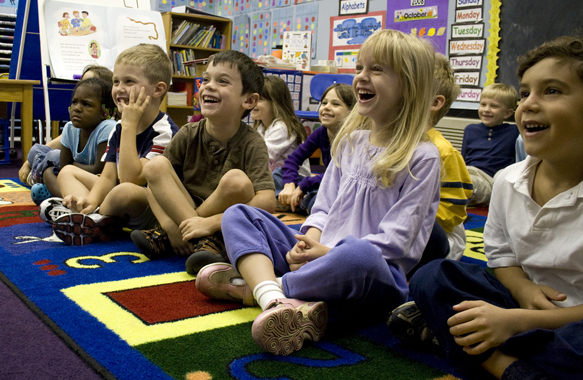

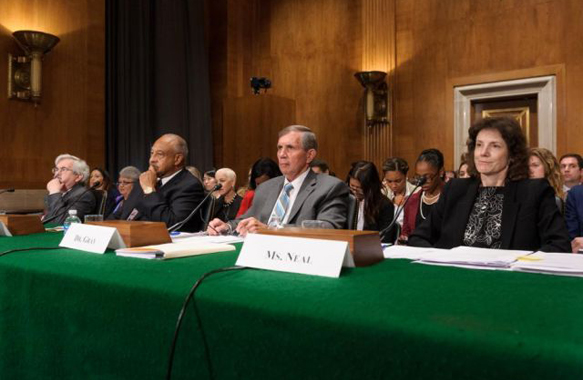
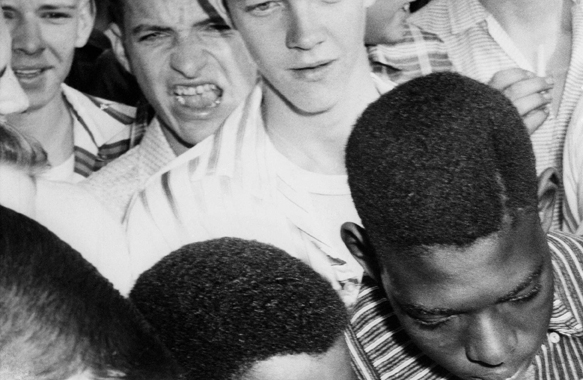

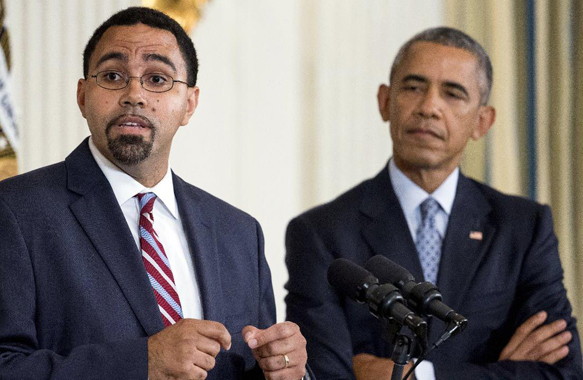
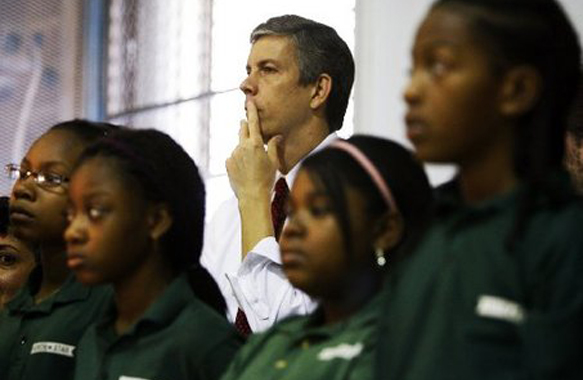
Leave A Comment